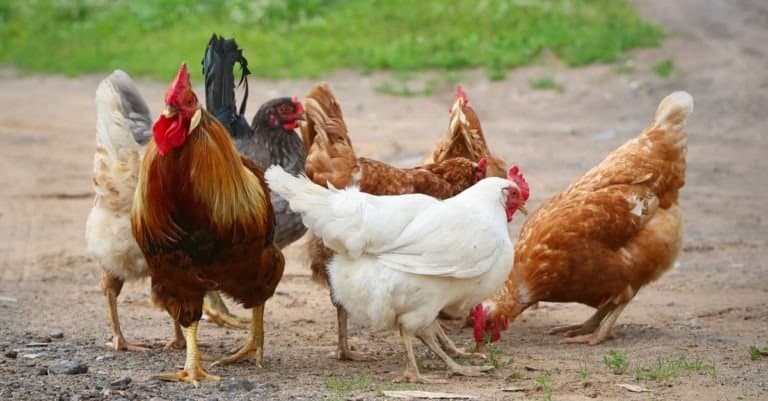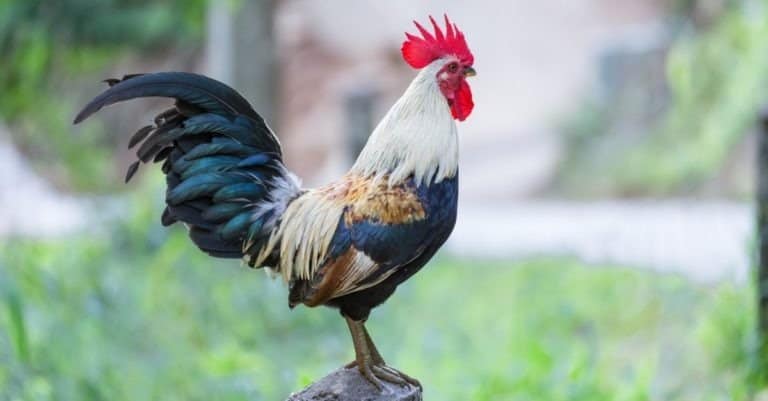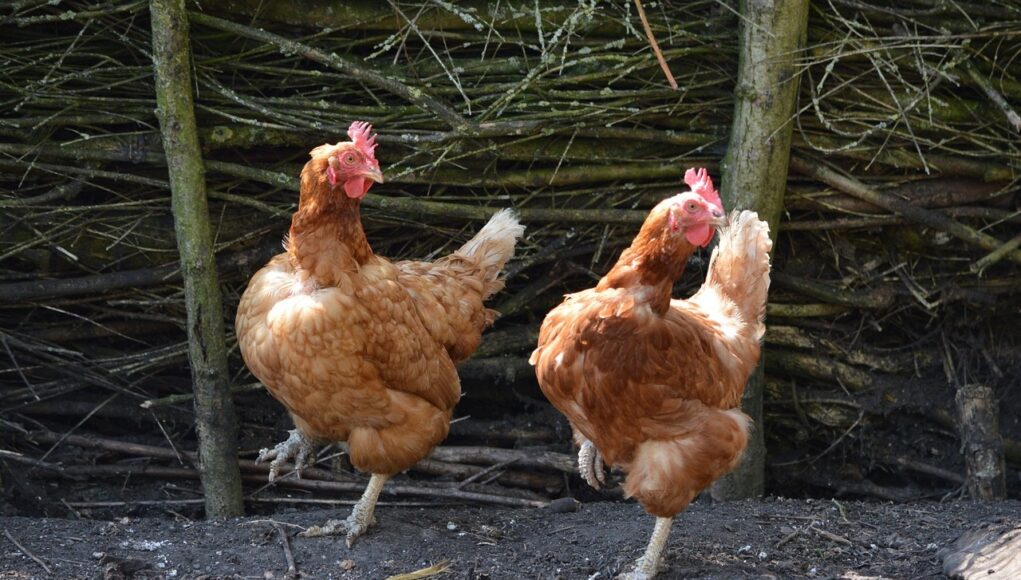Broiler chickens are an essential part of the poultry industry due to their rapid growth and efficient meat production. While there are several chicken breeds uniquely suited for various purposes, certain breeds have been specifically optimized for broiler production. Understanding the best breeds for broilers, their characteristics, and how they are raised can be very beneficial for poultry enthusiasts, farmers, and anyone interested in food production technology.

Introduction to Broiler Chickens
Broiler chickens are bred specifically for meat production. These breeds grow faster and larger compared to other chicken types, making them ideal for the commercial poultry industry. The focus on broilers involves not only selecting the right breed but also implementing advanced husbandry techniques and nutrition strategies to optimize growth.

Primary Characteristics of Broiler Breeds
When considering what breed of chicken is used for broilers, several key traits are taken into account. These typically include rapid growth rate, feed efficiency, and the ability to reach a desirable market weight within a relatively short time period. Additionally, broiler breeds are selected for their robustness and health to withstand intensive farming practices.
Growth Rate
Rapid growth rates are a prime focus. Most broilers reach market weight in 5 to 7 weeks.
Feed Efficiency
Efficient conversion of feed into body mass reduces overall farming costs and improves profitability.
Health and Robustness
These chickens need to be healthy enough to thrive in varying farm conditions, minimizing losses due to disease.

Popular Breeds for Broiler Production
Cornish Cross
The Cornish Cross is the most common breed used in broiler production. These birds are a cross between the Cornish and the White Plymouth Rock breeds. They grow incredibly fast, reaching a market-ready weight in about six weeks.
Peterson Male Line
Another important breed is the Peterson Male Line, which is often used for generating broilers with excellent meat quality and high yield. These chickens provide strong frame and muscle growth.
Ross Broilers
The Ross breed is another highly favored broiler breed due to its consistent growth rates, feed efficiency, and good body configuration. Ross broilers are known for their uniformity and robustness.

Breeding and Genetic Advancements in Broilers
The breeding programs for broilers involve meticulous selection processes to ensure optimal genetic traits. These programs focus on maximizing growth rates, meat quality, and overall bird health. Modern genetic techniques allow breeders to enhance desirable characteristics while minimizing traits that may negatively impact the poultry farming process.
Selective Breeding
Selective breeding involves choosing parent chickens with the desired traits to produce offspring that enhance these qualities. Over generations, this has led to the highly optimized broiler breeds we see today.
Genetic Engineering
Recent advances in genetic engineering are beginning to play a role. Techniques such as CRISPR could revolutionize broiler genetics, though this technology is still in its early stages.
Nutrition and Feed Management for Broilers
Nutrition plays a crucial role in broiler production. Providing a balanced diet rich in proteins, vitamins, and minerals is essential for promoting rapid growth and maintaining good health.
Starter Diet
The starter diet is given to chicks from day one to approximately three weeks of age. It is high in protein to support rapid growth and development.
Grower Diet
After the initial three weeks, broilers are switched to a grower diet which contains slightly less protein but more energy to sustain continued growth.
Finisher Diet
The finisher diet is provided during the last stage before market. This diet helps in achieving the final desired weight and muscle consistency.
Broiler Housing and Welfare Considerations
Proper housing is critical for broiler health and performance. Facilities should be designed to provide adequate space, ventilation, lighting, and temperature control to optimize bird welfare.
Space Requirements
Broilers need sufficient space to move around freely. Overcrowding can lead to health issues and reduced growth rates.
Ventilation
Adequate ventilation is necessary to maintain air quality, control temperatures, and remove excess moisture and ammonia from the environment.
Lighting
Lighting schedules are used to regulate the activity levels and feed consumption of broilers, contributing to consistent growth patterns.
Common Health Issues and Their Management
Despite the robust nature of broilers, they are still susceptible to various health issues. Proper management practices and timely interventions are crucial for maintaining healthy flocks.
Coccidiosis
Coccidiosis is a common parasitic disease in broilers that affects the intestinal tract. Anticoccidial medications are often included in the feed to prevent outbreaks.
Respiratory Diseases
Respiratory diseases can be particularly problematic. Implementing biosecurity measures and maintaining good ventilation reduce the risk of infections.
Leg Problems
Rapid growth can sometimes lead to leg problems in broilers. Providing a balanced diet and ensuring proper housing conditions can mitigate this issue.
Sustainable Broiler Farming Practices
Modern broiler farming increasingly focuses on sustainability. This involves optimizing resource use, reducing environmental impact, and improving bird welfare.
Efficient Resource Use
Implementing efficient resource use practices, such as water and energy conservation, helps in reducing the environmental footprint of broiler farming.
Waste Management
Proper waste management practices, including recycling and composting of poultry manure, are essential for minimizing environmental pollution.
Organic and Free-Range Production
There is a growing interest in organic and free-range broiler production. These methods, while more resource-intensive, cater to consumers looking for ethically produced poultry.
Market Trends and Consumer Preferences
Consumer preferences play a significant role in shaping broiler production practices. There is a growing demand for high-quality, ethically produced, and sustainable poultry products.
Health-Conscious Consumers
More consumers are becoming health-conscious, preferring broilers that are free from antibiotics and hormones.
Ethical Considerations
The ethical treatment of animals is increasingly influencing purchasing decisions. Consumers are willing to pay a premium for poultry produced using humane farming practices.
Environmental Impact
Awareness about the environmental impact of meat production is rising. Sustainable and eco-friendly broiler farming practices are gaining traction.
Conclusion
Understanding what breed of chicken is used for broilers is essential for anyone involved in poultry farming or interested in the poultry industry. The primary breeds like Cornish Cross, Peterson Male Line, and Ross have been optimized through selective breeding to offer rapid growth, feed efficiency, and excellent meat quality. As the industry evolves, future advancements in genetics, nutrition, and sustainable practices will continue to shape broiler production, ensuring it meets the demands of a growing global population while maintaining high welfare standards.
Internal Links
External Link
FAQs
Q: What is the most popular breed for broilers?
The Cornish Cross is the most popular breed for broilers due to its rapid growth and efficiency.
Q: How long does it take for a broiler to reach market weight?
Most broilers reach market weight in about 5 to 7 weeks.
Q: Can broilers be raised sustainably?
Yes, broiler farming can be sustainable through efficient resource use and ethical farming practices. Organic and free-range broiler production are also viable options.
As an Amazon Associate, I earn from qualifying purchases.









